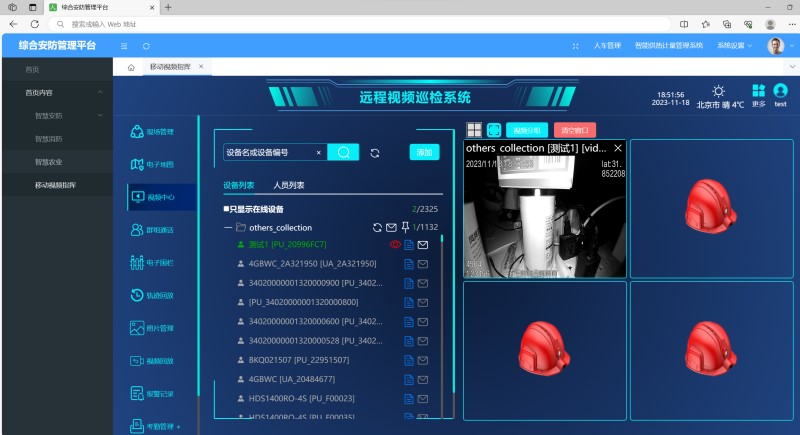ABOUT US
ABOUT US
A smart video surveillance system focused on AI visual analysisSolution Provider
Beijing Hanchengxing Technology Co., Ltd. was established in 2020 and is located in Fengtai Science and Technology Industrial Park, Zhongguancun, Beijing. It is a software company with security video surveillance software platform and intelligent visual AI analysis technology as its core business. The company's R&D backbone all graduated from well-known domestic universities, including Nankai University, Tsinghua University, and other computer science departments. They have over 10 years of experience in developing security video surveillance, proficient in C++, the latest PYTHON algorithm, JAVA, and more...
PRODUCT
PRODUCT
Solution
Solution
SERVICE
Service and Support

首页白色标题分割线

warranty service

Telephone service

Field service

Interview/Follow up

Engineering handover

Free training
 Requirement analysis
Requirement analysisWith the rapid development of the economy, the utilization rate of highways is increasing. Highways have the characteristics of full closure, full overpasses, and fast speeds. Traditional manual patrol methods are prone to blind spots and delayed responses. Currently, various complex situations continue to occur on highways, and criminal methods and methods are gradually diversified, violent, and intelligent. However, behaviors such as illegally occupying rescue lanes for driving also lack real-time understanding and direct evidence of post punishment.
At present, many provinces and cities only transmit high-speed video surveillance signals to toll stations and road monitoring sub centers, without achieving upward networking. In the event of an accident, leaders cannot remotely command, so it is necessary to network and manage the video signals uniformly. Due to the scattered arrangement of equipment, it is necessary to monitor the operation status of the entire network equipment in a unified manner in order to timely eliminate faults.
With the full coverage of high-speed video surveillance construction and road sections, the number of cameras is growing exponentially, and there is an urgent need for long-term storage, warning analysis, big data management, and situational assessment of video surveillance data.
Overview of the Plan
The basic mode of the intelligent high-speed video surveillance networking system is designed according to a three-level star architecture, with: road monitoring points, road monitoring sub centers, and monitoring main centers. The scheme adopts a fully digital and network transmission scheme, with ultra-low light cameras deployed at the road monitoring points along the highway extension line. The monitoring points are responsible for signal acquisition, compression, and network transmission; The road monitoring sub center supports monitoring, control, centralized storage, and TV wall output for the jurisdiction; The monitoring center supports real-time image viewing of any monitoring point in various highway sections at any time, understanding the driving situation and road environment of vehicles. It also supports remote cloud mirror control, remote command, and integration interfaces with other auxiliary systems such as GIS and GPS, making the system more intelligent and efficient。







